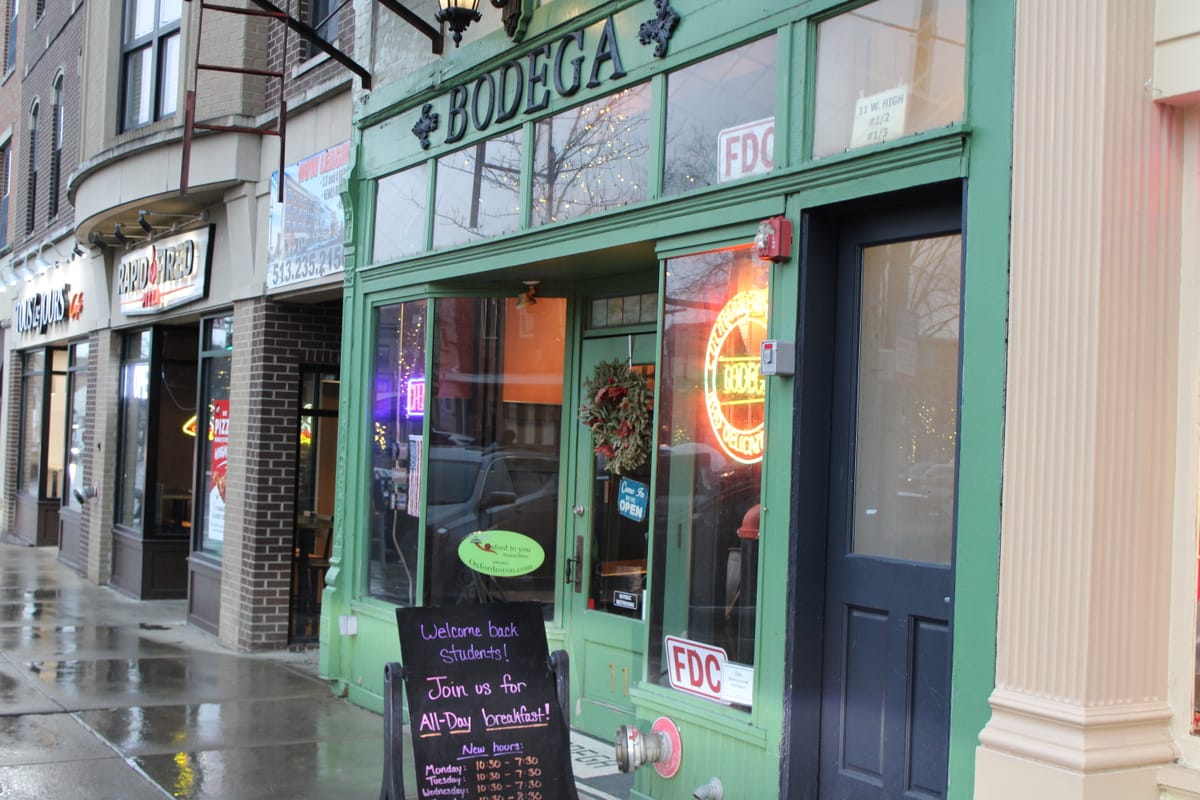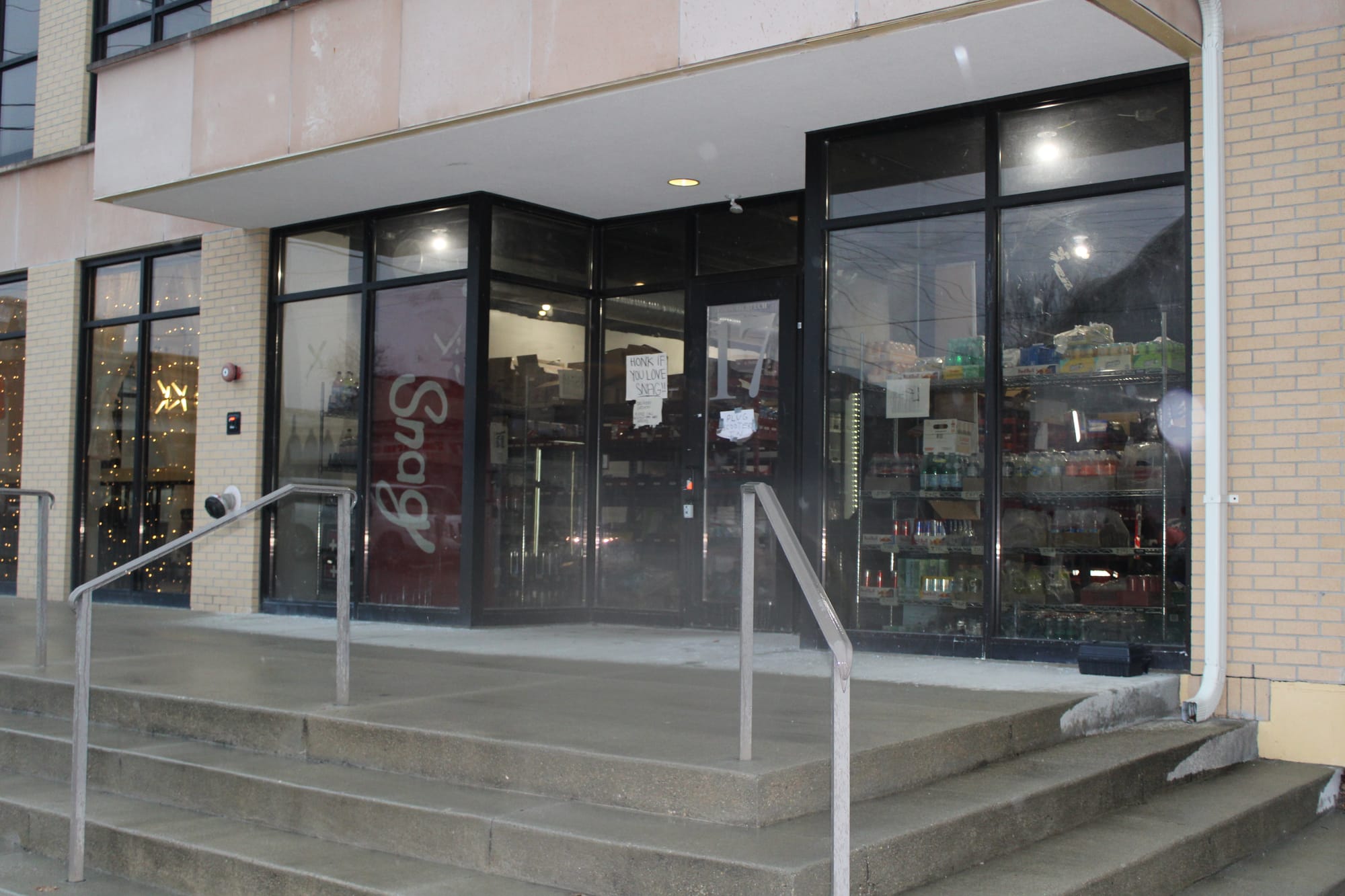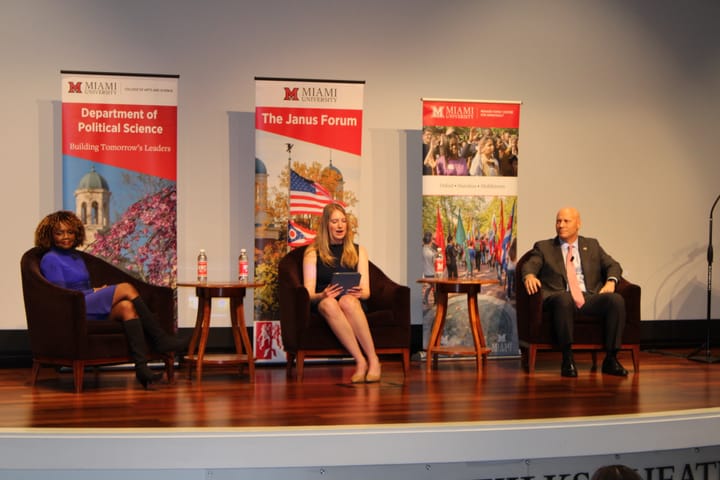In 2025, everyone does delivery. Is joining the gig economy worth it?
Delivery services have exploded in the past decade, particularly since the pandemic. For the drivers carrying your food, the system comes with both the promise of income and less obvious risks.

Edna has her text ready to go every time she pulls up to a restaurant in town.
“Hello there,” she writes, then customizes the message with her customer’s name. “Your delivery ace is officially on the case. I will be delivering like a pro — which, by the way, I totally am.”
In the two months since she started as a DoorDash driver, Edna, who asked to be identified by first name only due to the competitive nature of delivery driving, has learned the ins and outs of the industry that has seen explosive growth in the past decade. She’s also learned the difference a cheerful demeanor can make — hence the delivery ace messages, asking customers if they want extra sauce when she has a long wait and other little tricks.
“I’m not saying, ‘Oh my God, everyone’s tipping me extra because of it,’” Edna said. “But definitely a couple people have, and then people find it funny. Sometimes especially the college students will send funny replies, too.”
Edna is one of many individuals and businesses leveraging the rise of the digital gig economy today. Last year, DoorDash reported 7 million active delivery drivers — almost one for every five customers on the app. While the company is far from the only national chain getting in on direct delivery service, they’ve got local competition, too, especially in Oxford.
Filling a market niche
Delivery services rose from rideshare platforms like Uber, said Yao Jin, a professor of management at Miami University. Both types of services have low barriers to entry and commodify the empty space in people’s cars — one for food, and the other for people.
One of the keys to the success of delivery services from the restaurant end is expanding service beyond seating capacity, Jin said. Before DoorDash and other platforms rose to prominence, kitchen staff at restaurants could be slowed down by customers who were slow to leave, even if the kitchens had the facilities necessary to cook more.
“This convenience aspect was really kind of a missing link,” Jin said. Ideally, the model would allow restaurants to optimize their kitchen and front-of-house operations by harnessing delivery services.
National chains aren’t alone in trying to be that missing link. If you’re looking to order a meal from Bodega, Paesano’s, Bagel & Deli or other local staples, you won’t find them on UberEats or other national apps. That’s because they have exclusive deals with Oxford To You, a locally owned delivery service started in 2014 by Louise Lingler.
Lingler wrote in an email to the Oxford Free Press that it’s difficult to compete with corporate businesses, particularly in reaching students at Miami University. Many of the drivers who work with Oxford To You have been with the business for a decade, though.
Casey Heindl, who has worked at Bodega since 2022 and owned the business since August 2024, said Oxford To You has extended the restaurant’s customer base and the volume of business they can handle. The delivery company manages the software and orders, so Heindl said the process is seamless on the restaurant’s end.
When other services like GrubHub and DoorDash have approached Bodega asking the restaurant to join their apps, Heindl has declined.
“When small businesses stick together, then small businesses survive, so it was important to me to keep that partnership with Oxford To You,” Heindl said.

Oxford To You, DoorDash and other delivery services may have started prior to the pandemic, but business was supercharged in 2020 when government restrictions shut down public dining areas, forcing millions to turn to the apps for the first time. The existence of the gig economy allowed for restaurants to continue generating revenue and for consumers to feel some sense of normalcy by “dining out,” Jin said.
The cost of ordering has also ballooned since 2020, Jin said. One report in 2024 found that ordering food for delivery cost 20-30% more than going to the restaurant.
“They really should be used in moderation instead of as a simple convenience tool,” Jin said. “At the end of the day, it’s the same amount of food. You’re paying someone to get it for you, and at the same time, you’re allowing a multibillion-dollar corporation to take a cut for nothing more than just providing the connection.”
Services like Instacart extend the delivery gig to groceries, too. As with food delivery, Oxford has a smaller alternative in that sector, as well. Snag, a California startup that uses scooters to deliver a variety of goods, is currently available in roughly a dozen college towns including Oxford.
Competition amongst drivers
As companies compete for deals with restaurants, delivery drivers compete amongst themselves for a limited number of delivery jobs. Delivery services have been successful at recruiting drivers, who operate as independent contractors, but the growth rate for orders can’t keep up.
“You have more and more drivers trying to provide the same service, and at the same time, demand is not going to grow that much,” Jin said. “So what ends up happening is you have a lot of drivers, especially in urban areas, chasing around a finite number of drivers … and their earnings start to drop.”
That’s the situation Jeff McCarter found himself in after becoming a full-time delivery driver for DoorDash, Instacart and other services. When he first transitioned to full-time in 2021, the money was good; he sometimes hit $100 in three hours or less. As time went on, though, it got tougher to turn a profit.
McCarter remembers sitting in the Kroger parking lot on multiple occasions waiting 20 minutes or more with multiple apps open, waiting to see a single order come in. When students are away for the summer and winter months, the Oxford market can’t support nearly as many delivery drivers without the customer base students provide.
“You had to go to Hamilton or somewhere else [in the summer,” McCarter said. “Then you were fighting all the drivers from Hamilton, plus you were fighting all the Oxford drivers.”
McCarter got a new full-time job with hourly wages elsewhere last November. Toward the end of his time as a driver, he said it felt like the companies had hired too many people, and deliveries may have declined as the community recovered from the pandemic. He’s still paying for his time on DoorDash, though. Because of the miles he put on his car from constant use, he had to replace his transmission for $3,500 and plans to replace his engine for another $3,500.
As a driver, McCarter said he paid for a particular type of car insurance since he used his vehicle for the job. While platforms like DoorDash and Instacart provide resources for drivers to find health insurance, the lack of direct benefits could also add to financial precarity for drivers.
“You’re putting so much wear and tear on your car that it’s not really worth it,” McCarter said. “... It paid some bills for me, but it’s not a steady income.”
Taking the good and the bad
Edna and her husband opted to join DoorDash as their side hustle last December. Both have full-time jobs already, but the pair recently bought a fixer-upper, and every penny Edna can earn is going toward making the property their dream house.
“It’s expensive renovating a house, and so we were looking for different opportunities,” Edna said. “I’m Latina, so I always had the mentality of, money is out there, you just have to be willing to go and get it.”
Others have their own reasons for becoming drivers in the gig economy. When students returned to Oxford this semester, Edna said she noticed drivers from nearby communities flocking to the area and making it harder to get jobs. The base pay for a DoorDash order without tips is $2, and the company will sometimes run promotions raising that minimum, which can make it even more competitive to get the best-paying jobs that don’t require extensive driving out of town.
The job can be uncomfortable at times, too. Edna said that as a woman she’s very aware of her surroundings, especially when making deliveries late at night. She has also had some bad interactions with customers, including one who began texting her personal details about his life after she completed the order and another who referred to her as their “beautiful delivery driver.”
“This is a very safe town,” Edna said, “but you do have a couple of those interactions.”
Still, she said she has no regrets about joining and will continue delivering as she’s able to. While not every run she goes on is the most profitable, she’s found it to be a good way to save money for her future goals.
Delivery services have their benefits and drawbacks on the consumer side, too. Cheryl Gormly, a retired RN, is homebound due to a handicap and retired to Oxford a year ago. She gets her groceries exclusively from Instacart multiple times per week and uses Oxford To You roughly once a week.
“I’m homebound, which means I can’t leave the house unless somebody takes me out of the house,” Gormly said. “I don’t have friends and family here, so I have to use the services available.”
Gormly said she’s glad the services are available, though she’s had negative experiences with both. With Instacart, she’s had people show up to her house who didn’t match the profile images in the app, and while she puts in the instructions that she wants the drivers to hand her groceries to her, they often get left on her porch anyway. On one occasion, a delivery driver tried to open the door and walk into her house.
Delivery services all suggest tips for drivers, as well, but Gormly’s fixed income limits her ability to tip. On Oxford To You, she said, the suggested tip starts at $5, an expense she can’t pay regularly. The food quality can vary depending on the day, too, she said, and there’s less recourse for customers who order than those who go into a restaurant themselves when something isn’t right.
“I have to utilize a wheelchair,” Gormly said. “That automatically puts me into a dependent position no matter what the situation is, which then presents me with circumstances that I would not normally necessarily choose for myself, but I have to make the best of it.”




